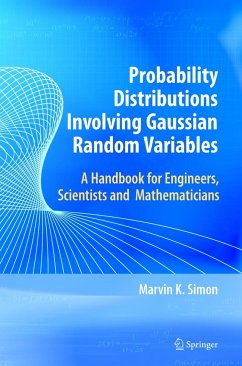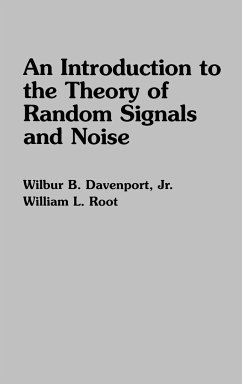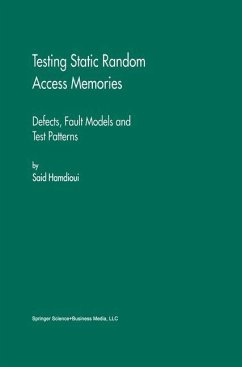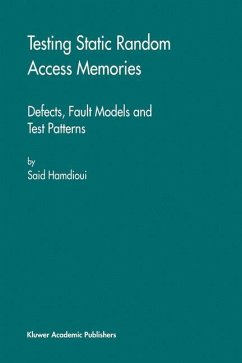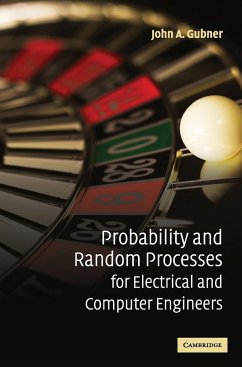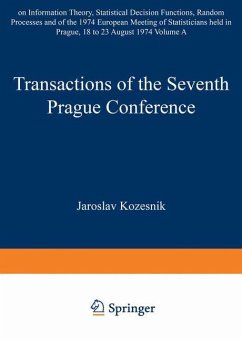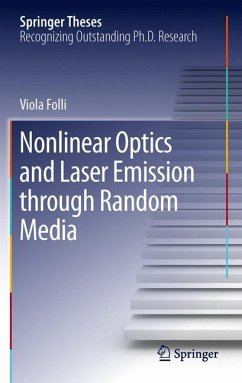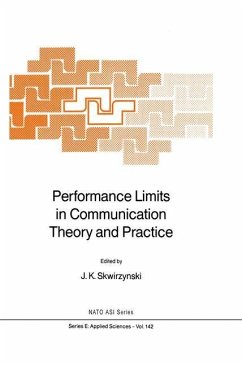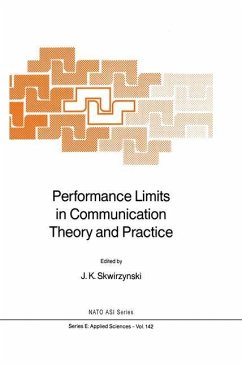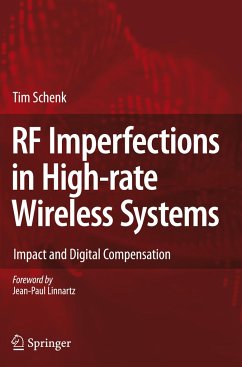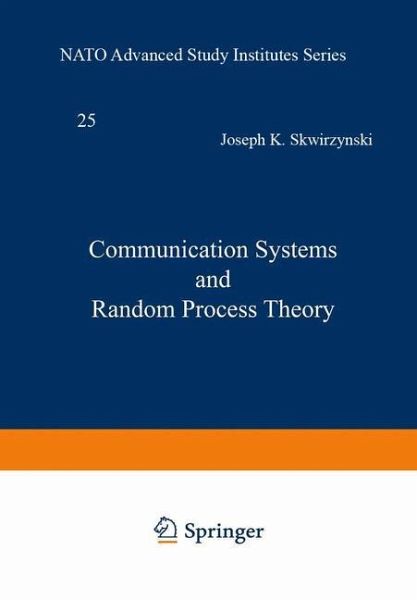
Communication Systems and Random Process Theory
Versandkostenfrei!
Versandfertig in 1-2 Wochen
39,99 €
inkl. MwSt.

PAYBACK Punkte
20 °P sammeln!
This volu~e contains the complete proceedings of the second NATO Advanced Study Institute organised to relate co~uni cation theory with allied subjects, and thus to single out themes which, though peripheral at present, are gaining in importance because of recent developments in theoretical investi gations by communication experts. In 1974 we attempted to promote an interchange of ideas between specialists in Signal Processing and in Control and System Sciences _. This time we tried to concentrate on probabilistic aspects of communication theory and practice and of the allied science of random...
This volu~e contains the complete proceedings of the second NATO Advanced Study Institute organised to relate co~uni cation theory with allied subjects, and thus to single out themes which, though peripheral at present, are gaining in importance because of recent developments in theoretical investi gations by communication experts. In 1974 we attempted to promote an interchange of ideas between specialists in Signal Processing and in Control and System Sciences _. This time we tried to concentrate on probabilistic aspects of communication theory and practice and of the allied science of random process theory, with its novel and exciting approach to the mathematical foundations of noise phenomena. The topics presented here have been chosen with the above in view, to enlarge ideas and to diffuse results in the two allied subjects, by providing the opportunity for gaining insight in depth into new developments. These topics fall broadly into 10 distinct parts. Each starts with two or more basic presentations of a tutorial nature, followed by one or more detailed exa~inations of particular aspects of the subject. In addition, some parts are concluded with reports of panel dis cuss~ons organised to consider a particularly pertinent issue.





